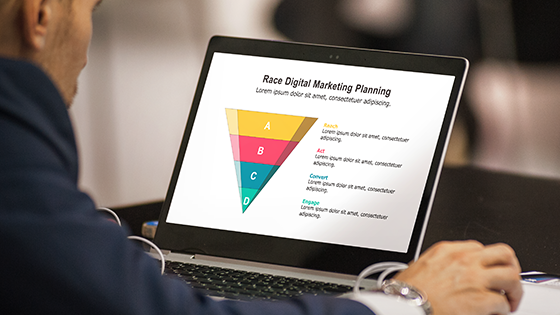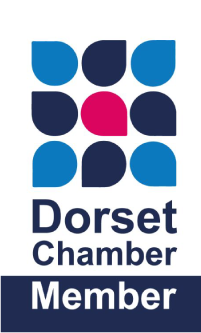Every business owner has to be smart about marketing. You don’t have the money to waste on ads that don’t work, but you also can’t afford not to invest in your marketing plan. That’s where the RACE framework comes in handy: It’s a way of tracking your growth and making sure you’re doing everything possible to reach your goals.

To give you a better understanding of what this is, we walk you through what the RACE framework is and how it can help you measure success—and see if you’re wasting any money on marketing that doesn’t get results!

What is the RACE framework?
One of the biggest challenges in marketing is being able to measure your results. The RACE framework helps you track this by breaking down your marketing efforts into five stages: Reach, Acquisition, Activation, Conversion and Engagement (RACE). If you want to know if a campaign is working or not, it’s helpful to have some baseline data about how many people are seeing your ads and how many of those people are taking action on them.
Once you’ve laid out which goals matter most for your business at any given time, it’s easier to prioritise certain activities over others (or exclude some altogether). You could even use these numbers as part of an ongoing sales process review—a method that ensures all leads go through the same steps before they’re handed off to sales reps. The RACE framework helps keep everything organised so that no one gets lost along the way.

Set the right goals
Once you have a plan, it’s important to set the right goals. Goals keep you on track and allow you to assess how well your marketing efforts are working. To do this, make sure that your goals are measurable so that you can gauge progress towards them.
A good example of a measurable goal is “increase new customer acquisition by 10% in the next three months.” This may sound like an ambitious goal, but if it’s important enough for you to set it as such, then there should be a way to measure whether or not this has been achieved by taking actionable steps along the way (like setting up Google Analytics). In contrast, an example of an unmeasurable goal might be something like “grow our brand.” How would one go about measuring their success in growing their brand? There are no metrics here; all we have is subjective feedback based on feelings rather than analysis or data collection.

Track your efforts
Tracking your efforts is the most important part of the RACE framework. Without tracking, it’s impossible to know what you’ve accomplished and where you should focus your time and energy in the future. You can track your marketing efforts by measuring:
- The number of emails sent
- The number of social media posts
- The number of blog posts
- The number of phone calls made
- The number of meetings held
- Events attended

Refine your focus
Now that you have tracked your progress, it’s time to take some time out and reflect on what you have learned. You might need to refine your focus based on the results you’ve achieved so far. For example:
- If there was a goal that did not pan out as expected, consider why that happened and whether or not it is worth continuing with the same approach. If so, then adjust accordingly; if not, then try something different!
- You may want to change strategies entirely (or even goals). Perhaps one of your goals was too ambitious or unrealistic given what you’ve learned about yourself so far in this process. In this case, go back and re-evaluate how much effort you can realistically put into each goal before deciding which ones are worth pursuing further—and which ones need some adjustment before moving forward with them again in future sessions!






